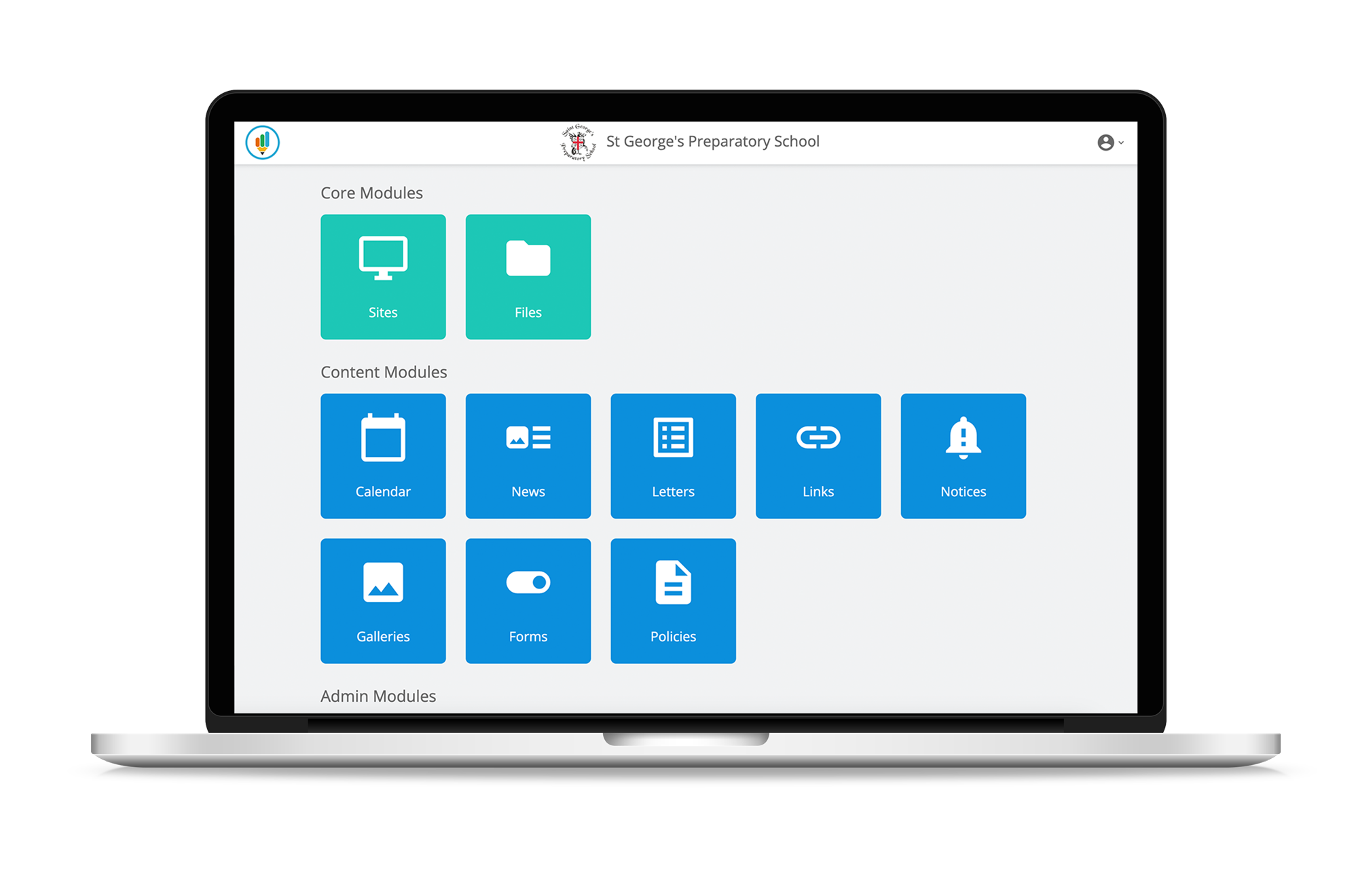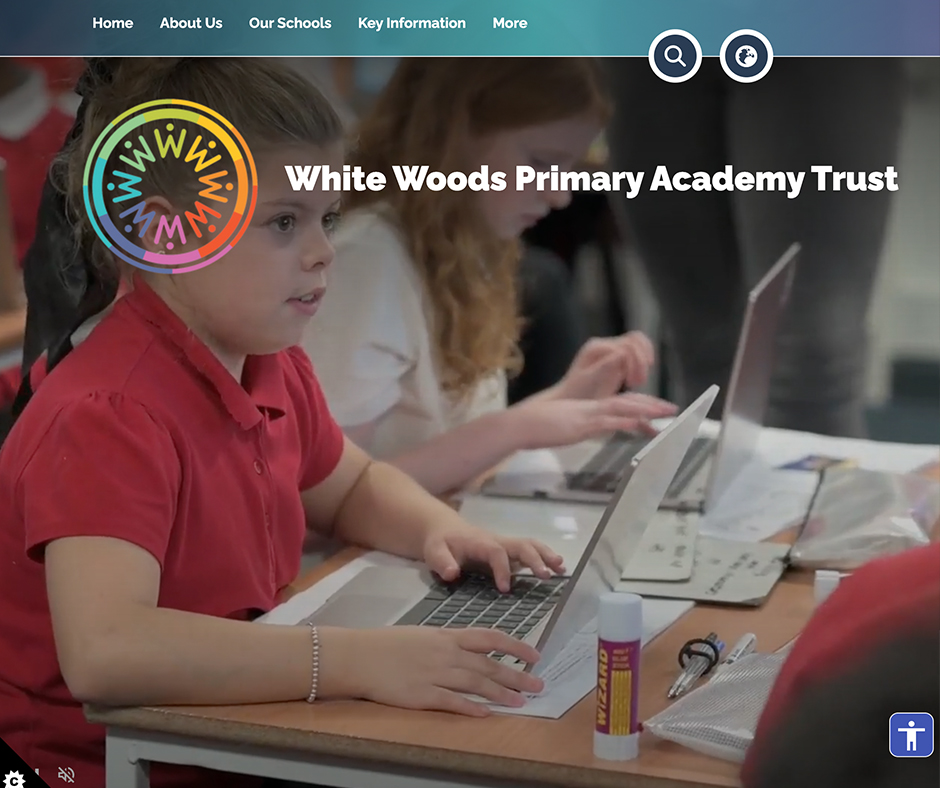Primary Schools
Bright, easy-to-use primary school websites that make sharing information simple and keep parents connected.
Secondary Schools
Bespoke & affordable secondary school websites with flexible learning tools that grow with your school.
Multi Academy Trusts
Tailored website design for Multi-Academy Trust, combining advanced features with industry-leading design.
Independent Schools
Bespoke independent school websites with fully customisable virtual learning environments and industry-leading CMS.
Nursery & Pre-Schools
Colourful, user-friendly nursery & pre-school websites that showcase activities and keep parents engaged.
School Website Design
With School Jotter, even the least tech-savvy teachers can effortlessly create, edit and update web pages themselves. With a bespoke or deluxe theme and an ever growing list of optional extras you can seamlessly enhance your user experience and increase parental engagement through the website.


Best Rated Mobile App for Schools
The School Jotter App vastly improves communications with parents by sending all essential information straight to parents phones. Both easy and convenient to use, it has proven extremely popular with parents and schools alike, and thanks to push notifications and newsletter features it is saving our schools money.
Bespoke or Pre- Designed School Websites
You can either have a completely bespoke design for your school or choose from our collection of pre-designed school website templates. We will ensure your school’s website is aesthetically pleasing, functional, and user-friendly.


CMS for Schools and Trusts
Discover School Jotter, our cutting-edge CMS with a third-generation editor, a QR-activated mobile app, and lightning-fast loading We’ve integrated school feedback to deliver the most advanced tools for an exceptional user experience.
What schools say...
Our schools have plenty of great things to say about working with us. Hover over one of our logos to read a snippet or follow the link below to read more!

Our Dedicated Team
Our dedicated team is here supporting you from 8am – 6pm each day with a 24 hour emergency helpline. Our specialised skillsets can help your school and trust achieve a digital transformation vision. We have marketing and brand experts working alongside user experience designers to ensure your parents and stakeholders get the best from your website.
How we can help your school or multi-academy trust
Drone footage, Virtual tours and Photography services
Our licensed drone pilots will come to your school and get some brilliant video footage which we can use on your website. These packages are £695 for a full day. Photography prices start from £395 . Have a look at St Marys School to see the results.

Marketing Specialists
Prospectuses are a great way to showcase your school to prospective parents allowing potential parents to see what your school is all about. We help schools with everything from logo re-draws to prospectus flip books to google search engine optimisation.


Referral Programme
If you recommend a school to work with us or use us at a new school as part of this programme you will enjoy competitive rewards for the first 12 months on our paid plans, The reward structure is as follows;
- 10% referral fee on annual plans
- 15% on 3 year plans

Partner Programme
School Jotter is used in over 2500 UK schools. If you are interested in becoming a reseller of our school websites please contact us. We offer a generous scheme.






















